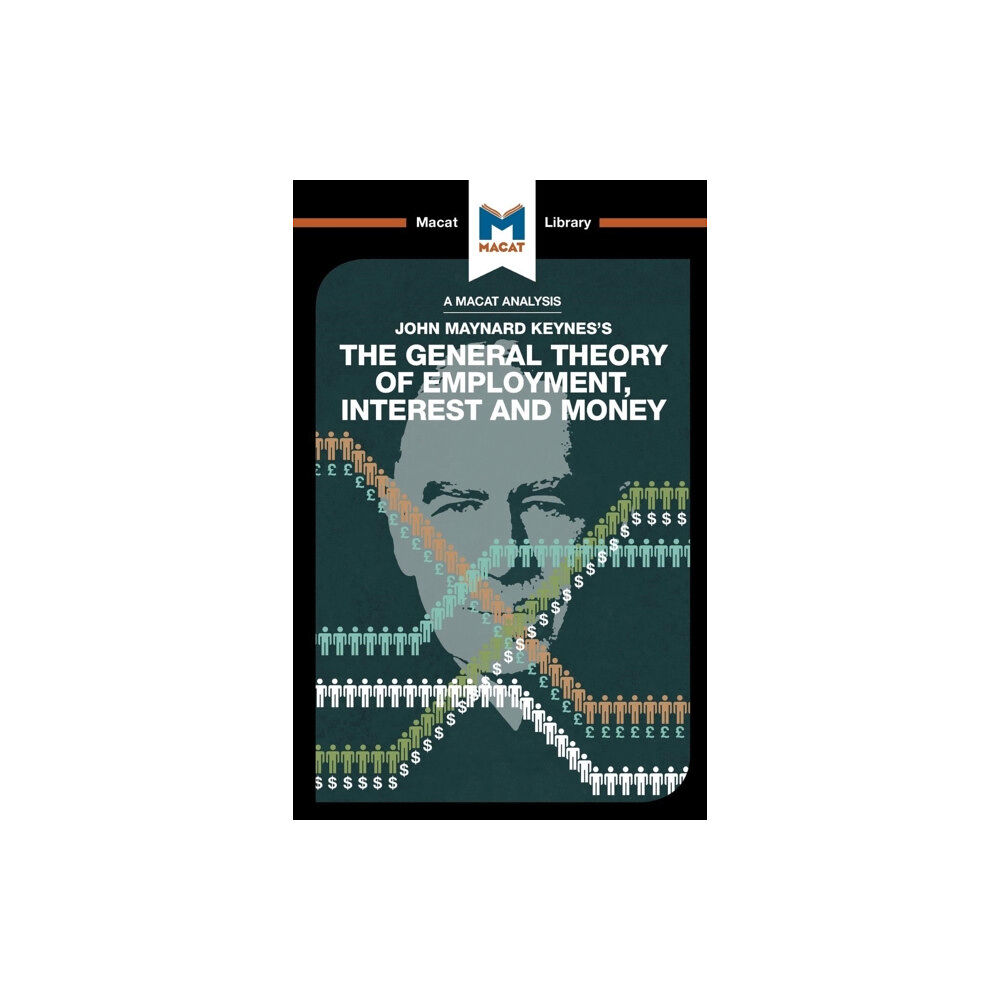An Analysis of John Maynard Keyne's The General Theory of Employment, Interest and Money (häftad, eng)
155 kr
179 kr
Bara 2 kvar
Skickas inom 4 - 5 vardagar
Specifikation
Det finns tyvärr inga specifikationer att visa för denna produkt.

